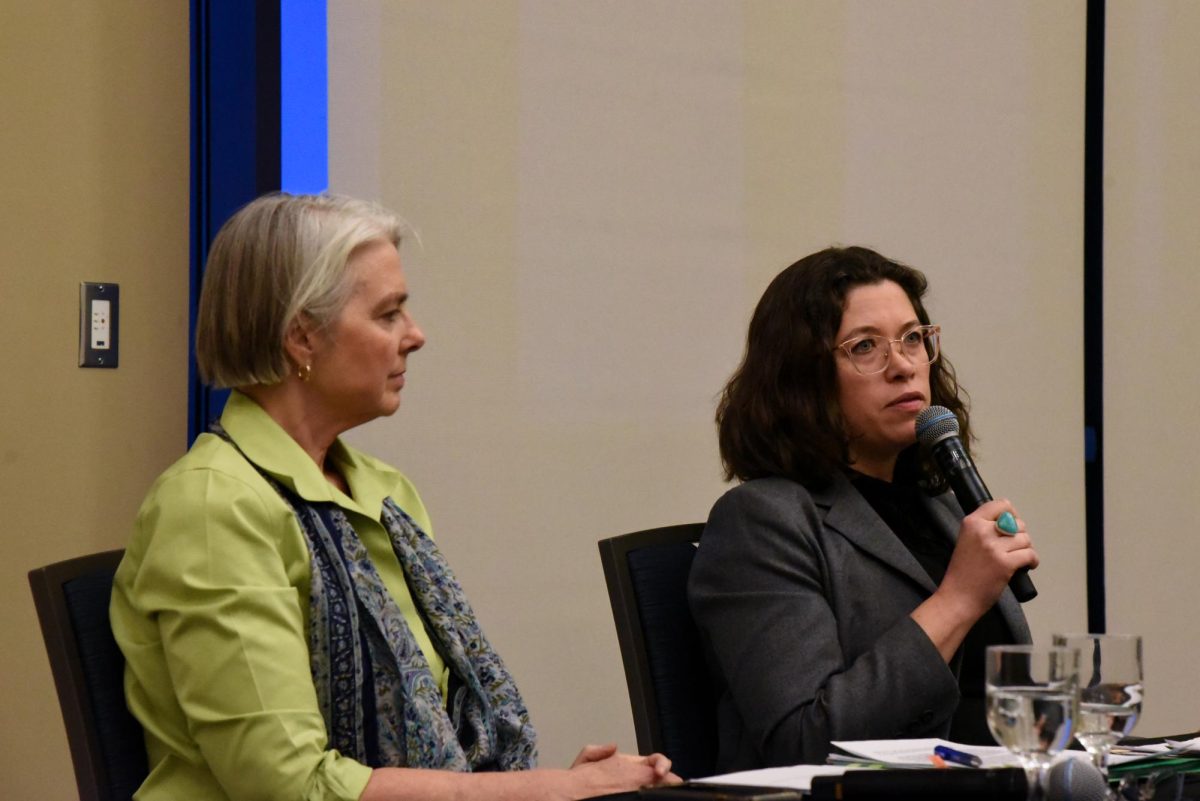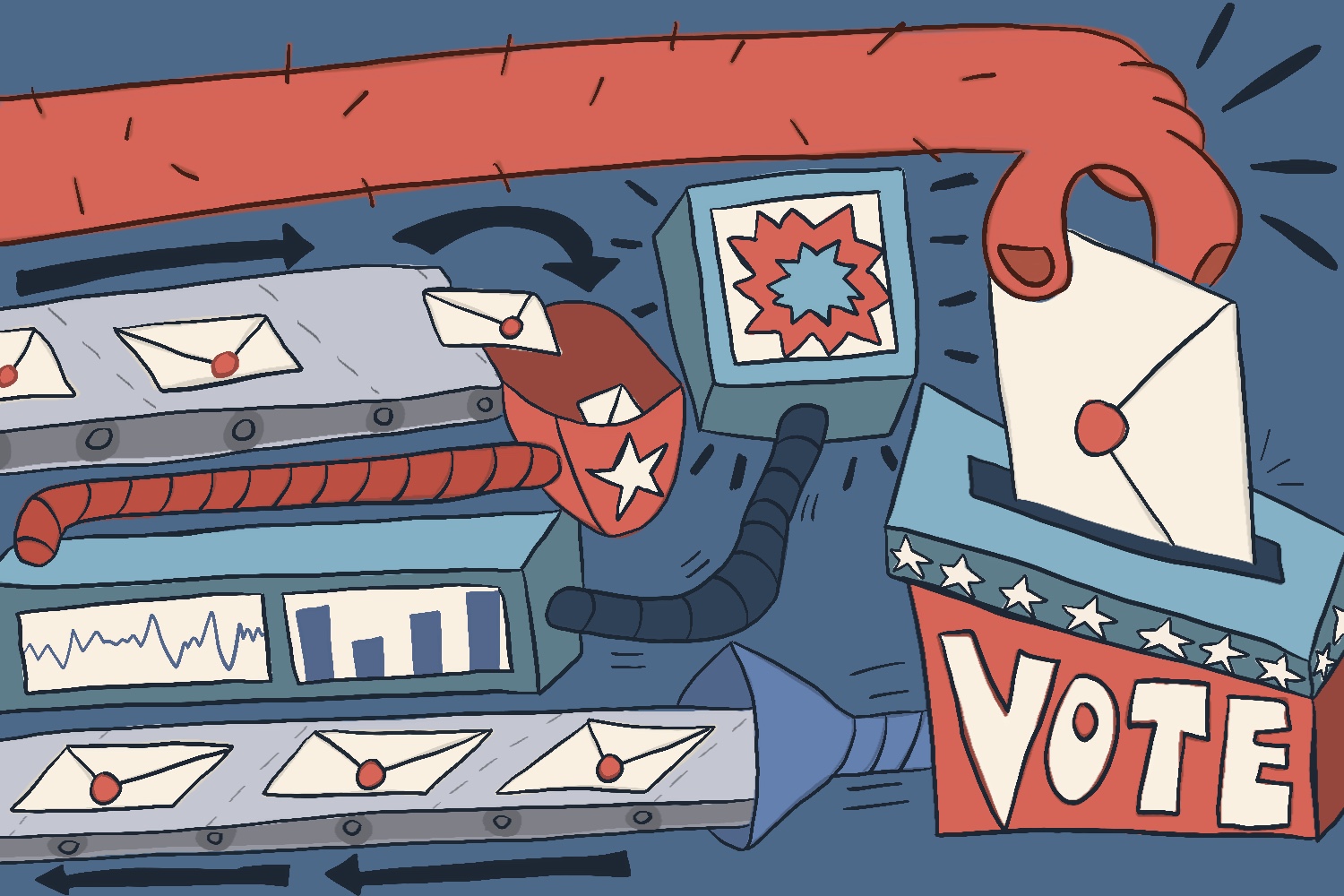Wachovia Bank froze almost $79 million of the University of Vermont’s short-term assets on Monday, Sept. 29, raising fears about the financial security of UVM at a time of national economic crisis. In a statement to the University community on Wednesday, UVM President Daniel Mark Fogel alerted students, faculty and staff to the situation, but offered his assurance that University operations would be able to continue as normal.Wachovia announced that it would resign as the trustee for the Commonfund, a non-profit group that manages the short-term funds and endowments of almost 2,000 colleges, universities, hospitals and other institutions nationally.Wachovia’s decision to freeze approximately $9.3 billion in assets of the Commonfund coincided with the resignation.The resignation came with the news that Wachovia was about to be sold to Citigroup in a deal that was part of a government-engineered move to prevent Wachovia’s collapse.That deal was in jeopardy as late as Friday, Oct. 3, when Wells Fargo agreed to buy Wachovia in a deal which upstaged Citigroup’s bid. UVM’s Vice President of Finance and Administration, Richard Cate, had earlier speculated that Wachovia’s decision to freeze the accounts was due to both the turbulent national economic situation as well as the impending buy-out.”Wachovia’s struggles lately with their own financial situation, and the fact that the credit market is almost completely frozen, put them in a situation where they were afraid that with the news that Citigroup was going to buy them out, [the investors] were all going to show up at the bank at once,” Cate said. The whole account was not frozen, however, and each institution was allowed to withdraw 10 percent of their total investment under Wa chovia’s restrictions. In his letter, Fogel wrote that the Commonfund alerted the administration of the freeze last Monday, and the administration immediately withdrew the approximately $16 million made available to them. An additional 16-19 percent was released last Wednesday and more will be made available in increments over the next few years; 57 percent by the end of 2008 and 85 percent by the end of 2010. According to Cate, the funds are being made avail?able as the investments mature. “All of the money is there,” he said, “but much of it is in instruments with multi-year terms.”Despite Fogel’s assertion that “at this time these assets do not appear to be at risk,” Cate responded that the University will continue to immediately withdraw the maximum amount of funds as they are made available. When asked Saturday if the surprise bid by Wells Fargo would affect the University, Cate said, “We don’t expect any changes at this time.”While the funds are indeed secure, Cate made it clear that the money was being withdrawn as a precautionary measure.”It was obvious to me that I did not want to leave the money there in that particular account. “[The Commonfund] in its current form is either going to be managed by some other bank or its money is going to be completely liquidated. “In either circumstance, I don’t want the University’s money in there,” he said.Cate said that the withdrawn funds are being put in “treasury bank instruments or a secure money market account, in a local bank.”Most colleges and universities invested in the Commonfund use it “almost as a checking account,” the CEO of Commonfund, Verne Sedlacek, said. The benefit of the Commonfund is higher rates of interest and the drawback is higher risk. The assets which UVM has in the Commonfund are used for payroll and other common operational obligations, Fogel said in his letter. While both Fogel and Cate made it clear that operations would continue as normal for the most part, they acknowledged that some adjustments were needed.In an interview with The Washington Post, Fogel was quoted as saying, “we may need to rely on some other liquidity sources, but if so, very briefly, because then we’ll be collecting spring tuition.”Cate confirmed that University operations will continue as normal, but the funding may come from different sources.”Because of this situation, we’ve taken some of our longer term investments and we’re turning them into cash, so [they] are becoming our short term funds while our short term investments are being held on a long term basis,” Cate said.”The real issue is the next three months, and then we’ll be back on a normal cycle,” he said. “We’re fine. We’ve moved some money around, we’ve got a projection, and we’re fine.”












